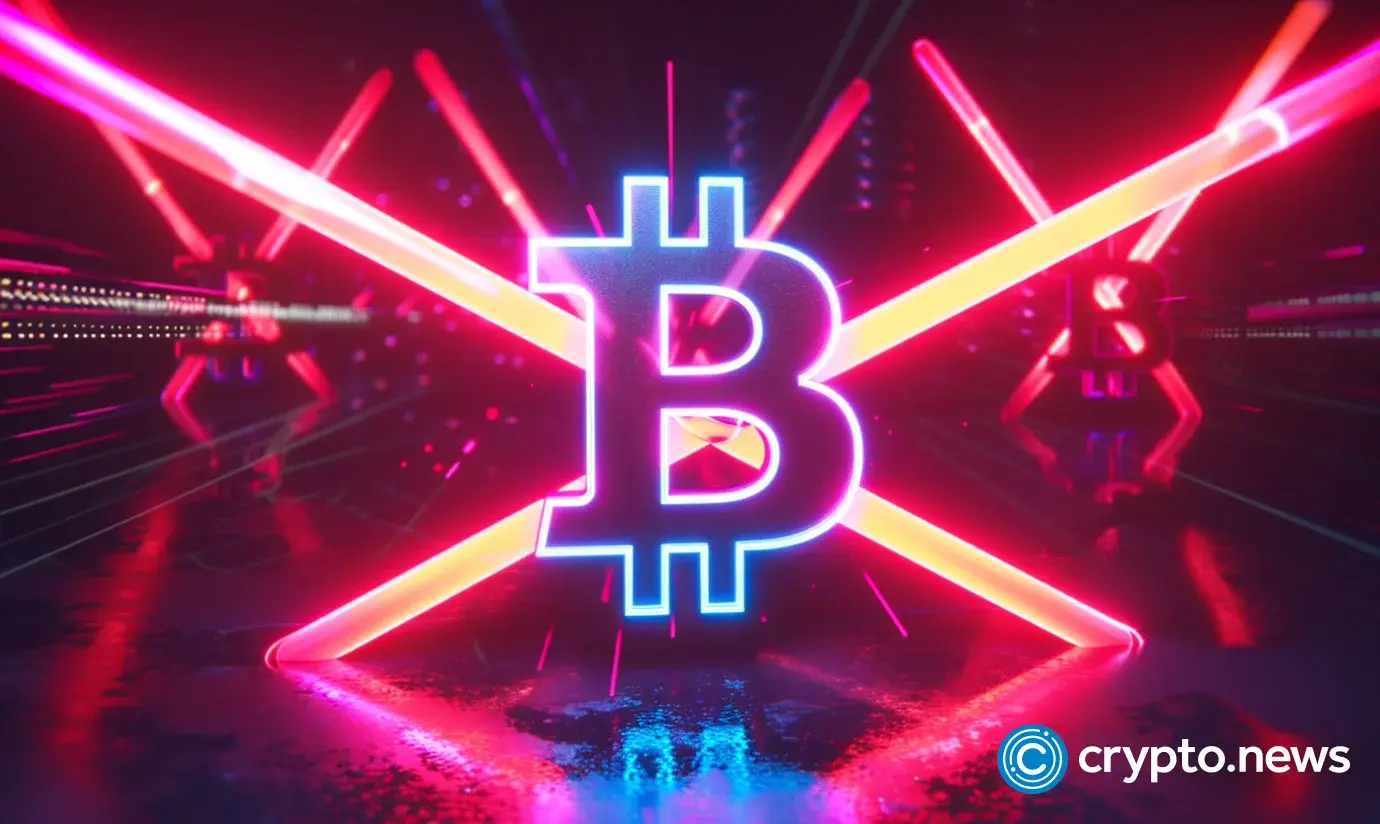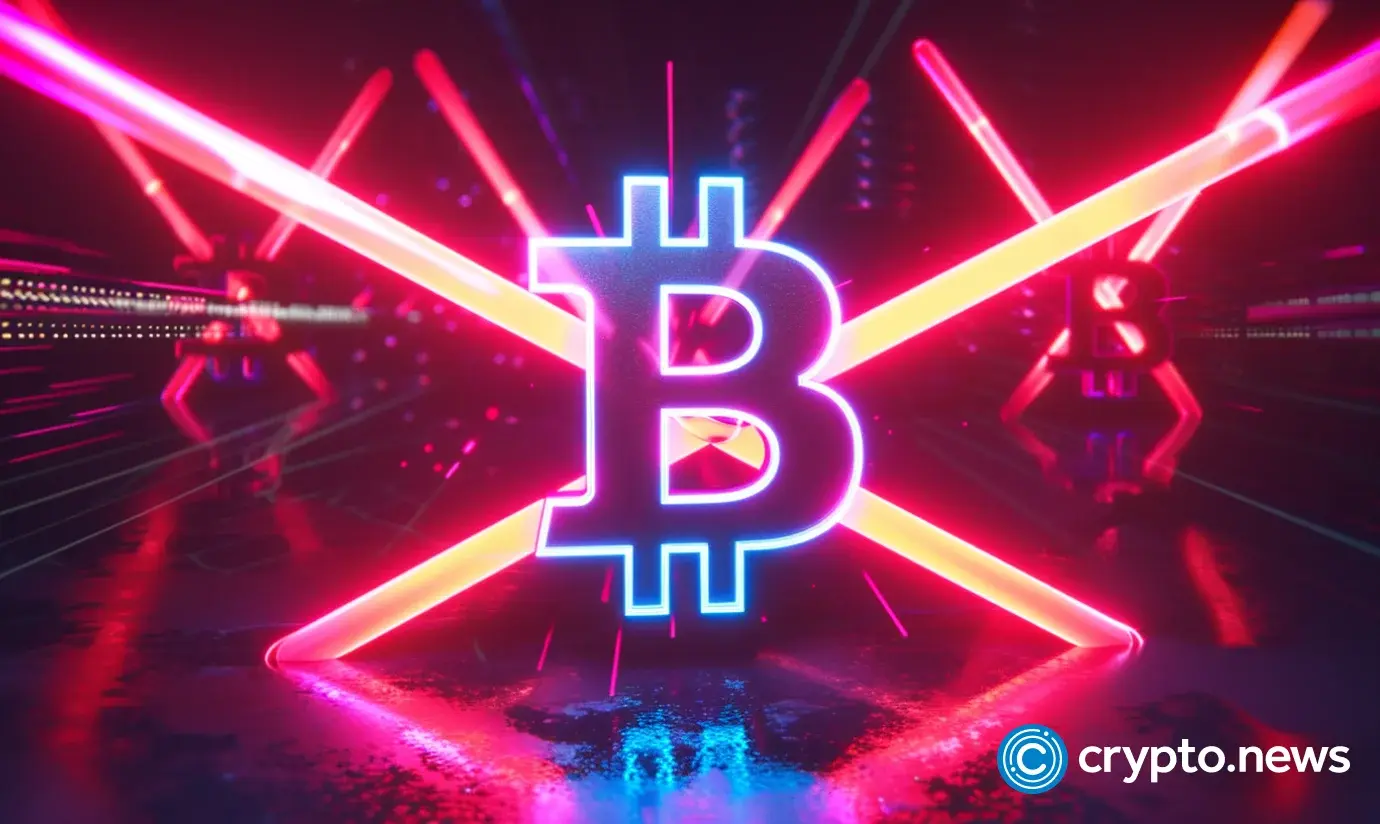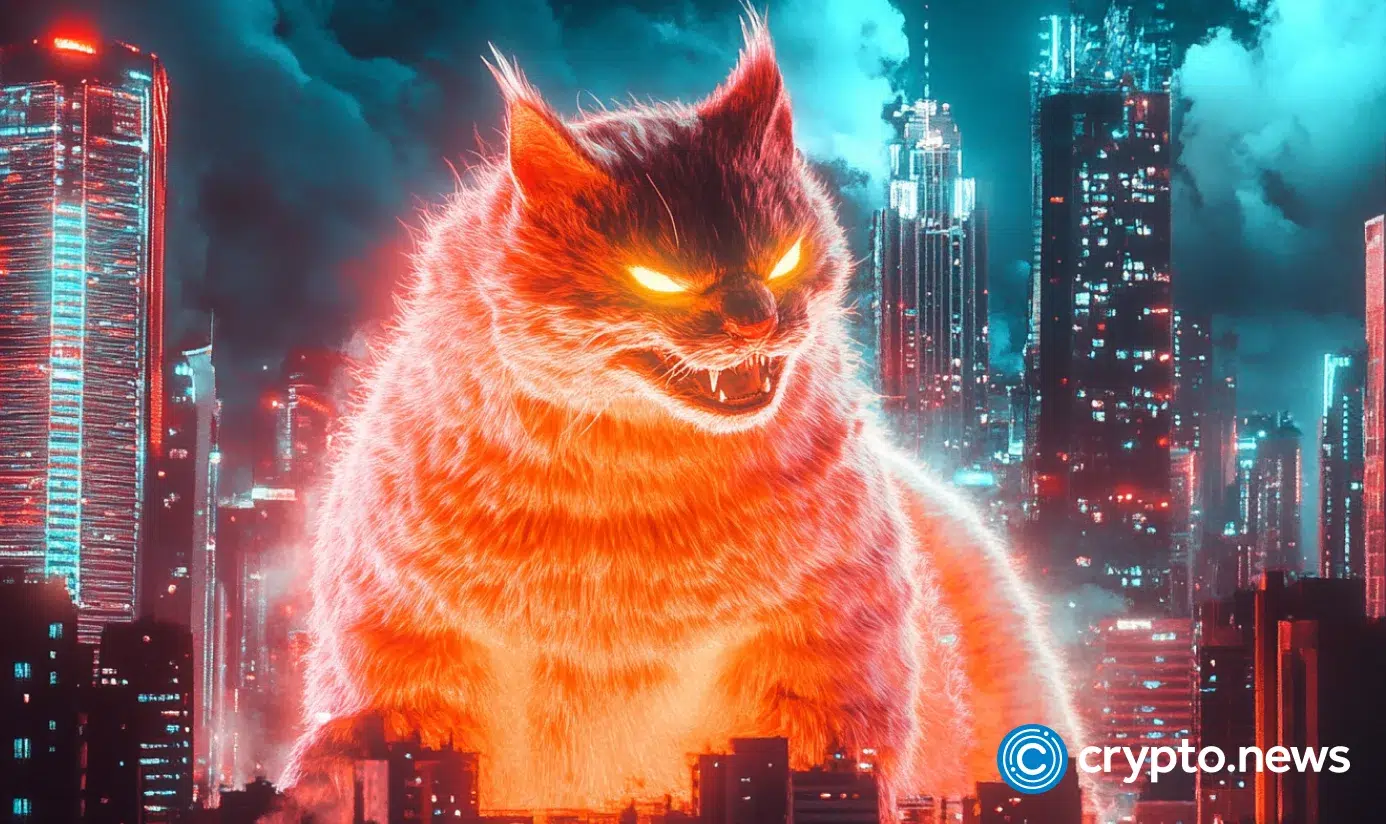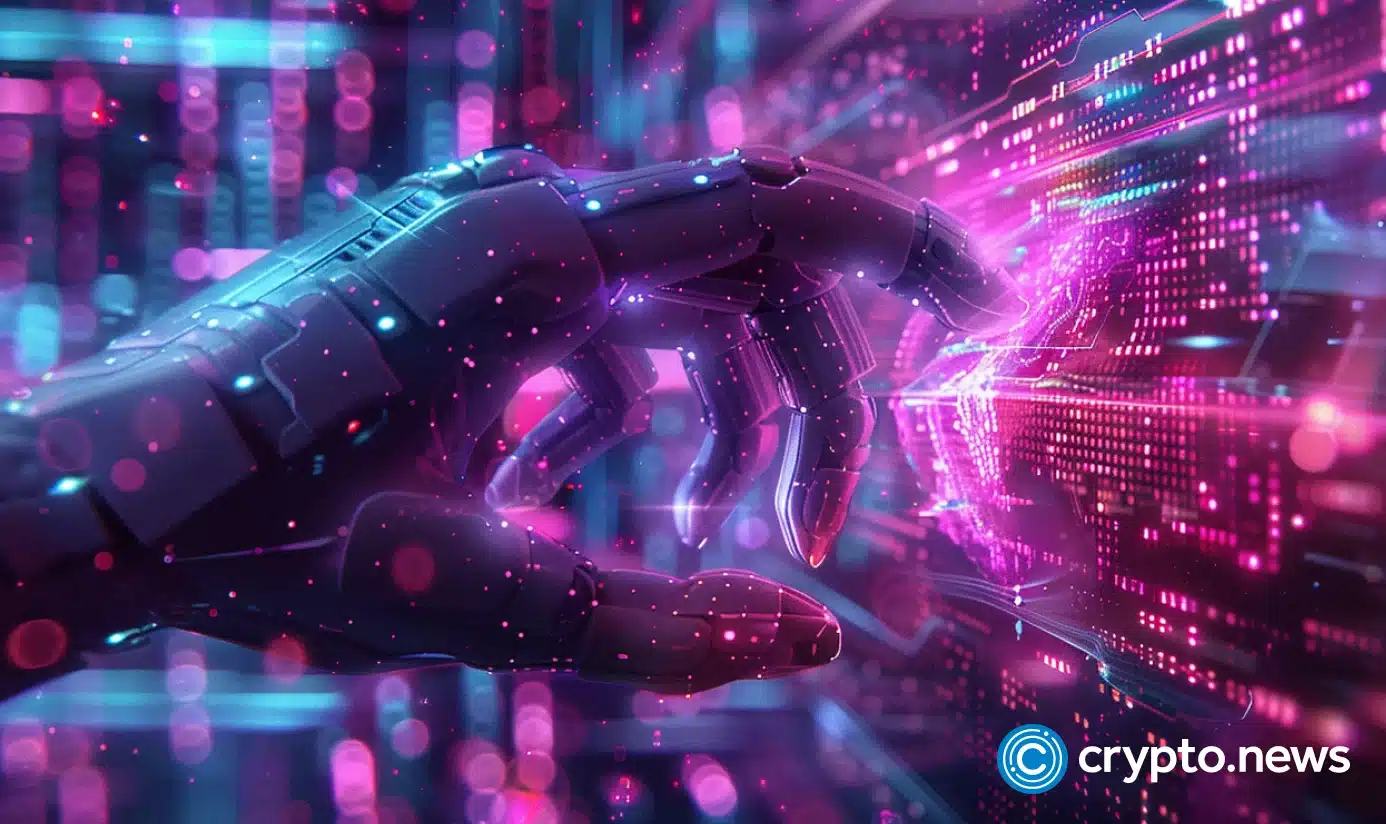
On January 30, 2025, several Crypto influential accounts celebrated single Khan, who succeeded in solving a block and captured the entire reward of 3.146 BTC for themselves. However, it was discovered that Solo Minor’s Hasht was donated by 300+ members to a funderizer for 256 Foundation.
Many X accounts and at least one news outlet wrote about one “lucky” Solo Minor who won the entire mining reward of more than 3.1 BTC. Bitcoin historian account on X claimed that a home minor of $ 400 managed to solve a block with a prize of $ 330,000.
Later, it was discovered that “single mine” in question used Hasht collected from more than 300 miners. This has asht was donated to a 10-hour long program, which was first launched by the annual funderizer 256 foundationA non-profit organization with an unusual mission to create bitcoin mining and bitcoin is more accessible and simple to people in general.
Why does a single mine solve the block?
Back during the day, it was possible to mine hundreds of bitcoins with a normal PC, and some actually excluded it from curiosity or because they were enough techniques to feel the ability of bitcoin when they were enough to feel enough when in these coins There was also no expenditure.
AllegedlyBy the end of 2009, there were less than a hundred bitcoin miners, who mined about 2.5 million bitcoins at the lowest difficulty, which has since increased by 90 trillion times. In those days, the mining reward was 50 BTC per block (against 3.125 BTC as today), and there was nothing for mining, but much more modern computers. This can be a regular laptop without a fancy GPU.
In 2011, bitcoins still did not spend too much while the price was unstable. To understand how small the BTC value was, you can take a look at the famous list of awards for the contestants in the Starcraft 2 gaming tournament in 2011. The $ 1,000 award fund was distributed among the best four teams, while the fifth worst) a booby prize received some 25 BTC as a booby prize.
As the BTC price started increasing, mining’s difficulty started. despite Protest with Satoshi NakamotoMiners began using the GPU in the 2010 collapse. The inexpensive opportunity to get bitcoin out of your laptop went away. Participating in the mining pool has become a remedy for those who still want to earn some bitcoins through mining. Mining pool participants contribute their hashing power to the overall pool’s hashet and collectively, they are able to solve the blocks. The prize is divided among the participants.
Things intensified in 2013 when the first application-specific integrated circuit, high-ending devices for Mine bitcoins entered the game. Industrial level companies fill factories with long rows of ASIC, only one thing-manufactures new bitcoins. Asics are very noisy and hard-credible, so they are not something you will use at home.
Selling the soon mined bitcoin should be one to cover the cost of mining. Miners don’t sell their bitcoins new trend In the Trump trade age, when Bitcoin Maximalism saw the promises of crypto-friendly rules and BTC value crossing the $ 100K mark a new bloom. Earlier, miners had to be sold to BTC to sell.
Given how high the difficulty is, even expensive mining devices are required for mining through the pool. Some mining pool Are responsible Bitcoin mining for most hasht, meaning that a single mine should be really lucky to solve the block before the mining pool. On the one hand, mind-bogling difficulty rates protect the network from weakly organized bad actors (all good enthusiastic enthusiasts are blocked, however, however, however, however). On the other hand, it creates a situation when only some organizations are validated by all transactions, and we can only hope that none of them have sick intentions.
Considering the fact that bitcoin Solo mining is not part of the mainstream story in the Crypto community, news about the block solved by a single miners surprises people.
256 Foundation: Bring people back bitcoin
The foundation was built in February 2024. Its goal is to “eliminate the ownership mining empire” and “make bitcoin and freedom tech accessible for all”.
256 Foundation is busy educating people about bitcoin so that it is easy for anyone to connect with it, use it, improve it, or make it easier for anyone to do it. To make bitcoin more accessible, 256 Foundation develops and distributes free and open-source software for mining. Whatever they want to give your users the freedom to do with software is one of the main principles of the 256 Foundation, so they shared, upgrade, use or even sell solutions available by 256 Foundation Can
On January 30, the Foundation held its first funderizer. In a 10 -hour long event, more than 350 institutions were mining in 256 foundation pools. Hashet was contributed to single mine, which solved the block at about 881 pH/s. Thus, the 256 Foundation community raised 3.146 BTC.
Funderizer participation in the funderizer mining event was using Futurebit Apollo equipment. These devices were created as opposition to centralization of mining. This allows single miners to solve the block again. The message behind the 256 Foundation and Futurebit is that mining Is more cheap You want to know than big pools and corporations. They encourage people to try to do bitcoin mining and see it is not impossible if people follow their advice. Founders of Futurebit see it as a status of David and Goliath, and for now, despite the lucky shot, Goliyat is at its full strength.



